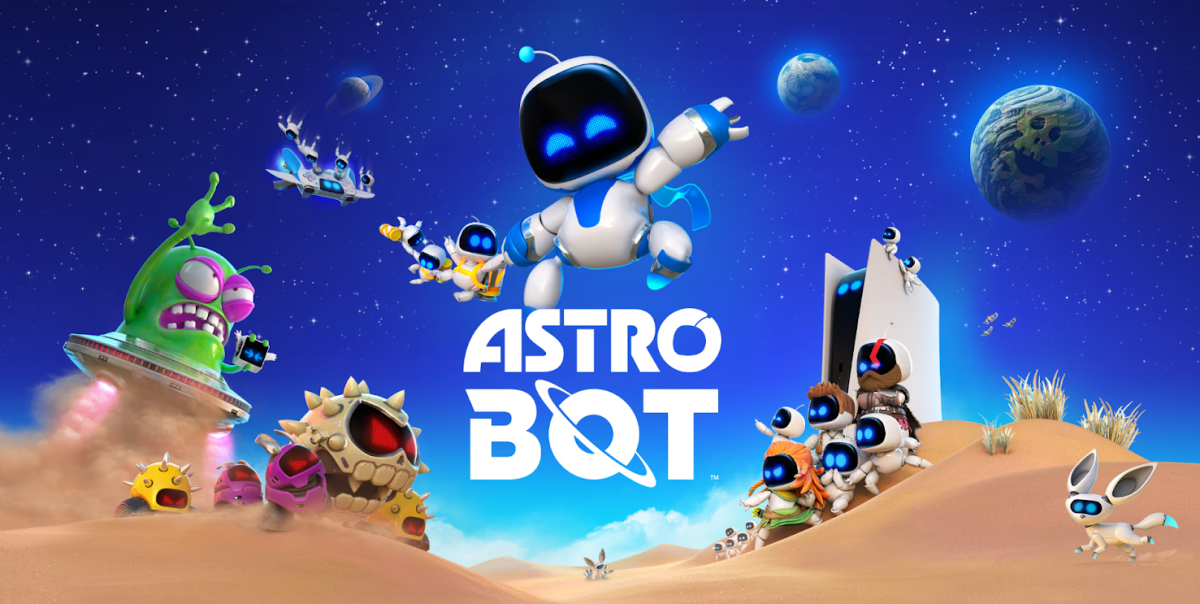By Morgan Leger

The 1980s brought a great variety of fantasy films, but by today’s standards, they seem to be overlooked. While their target audience is kids, titles such as “Explorers” or “The Adventures of Mark Twain” can be enjoyable for the older crowd as well. Disney’s almost forgotten “Flight of the Navigator” fits this description.
“Flight of the Navigator” revolves around a young boy named David who somehow goes from the year 1978 to 1986 after falling into a ravine and getting knocked unconscious. While his family has become eight years older, David hasn’t aged a bit.
At the same time, NASA discovers a large walnut-shaped spaceship and takes it into custody. They also do a couple of experiments to find out why David never got older and discover, through a scan of his mind, that he is connected to the UFO they recently discovered.
As it turns out, David was abducted by the alien spacecraft and placed among a vast amount of star charts and alien data leading to a planet 560 light-years from Earth. It’s not long until David is contacted by the ship and given access to get inside, which most of the scientists can’t, and manages to escape from the lab before his 48-hour stay gets much longer.
While there is a lot of great build-up in the first half of the film with the mystery surrounding the ship and David’s failure to age, the second half does get a little childish, although not necessarily in a bad way. Inside the ship, we are treated to the ship’s computer, Max, whose mission is to collect alien specimens and bring them to his home planet. He explains that information was placed in David’s head as an experiment to see how much input a human’s brain can handle, which is an interesting play on the “humans only use 10 percent of their brain” myth.
Upon crashing to Earth, he loses the quadrants to go home and thus his only option is to consult with his “back-data” so that David can help navigate the ship back home. There are two essential elements that work in the second half of the film that keep “Navigator” from being too childish. The idea of having of your own spaceship and utilizing the power to control it is a great concept and never dumbed down. The other savior of the film is Paul Reubens (better known as Pee-Wee Herman but strangely credited as Paul Malls in the film) as the voice of Max.
For those Pee-Wee haters or those who are annoyed by his high pitched voice, I wouldn’t worry too much. He doesn’t do the voice that often and if he did, it would seem awkward for an alien to have the voice of a cartoon. His performance gives that “HAL 9000” approach but somehow satirizes it. It starts as a monotone personality and then gradually switches to comic relief after learning more of David’s world and even gets a little juvenile.
Overall, while it wasn’t a big success at the box-office, “Flight of the Navigator” is a flawless film that is worth your time. The pacing is well-balanced, there is never a dull moment, and it’s a safe film for not only the younger crowd but also for teens and adults. “Navigator” is a slice of nostalgic heaven that reminds us how great family films were in the 1980s in comparison to what we have today. As opposed to dumbing down the movie to appeal strictly to toddlers or relying heavily on toilet humor, “Flight of the Navigator” does the right thing and turns a creative “out-of-this-world” adventure into entertainment for all ages.
Categories:
Filmbuff: 'Flight of the Navigator'
November 19, 2010
5
0







Chris • Nov 25, 2010 at 10:15 am
I Need A Hint For The Countdown
Chris • Nov 24, 2010 at 3:11 pm
Where’s The Article Iv’e Been Waiting Forever
Morgan • Nov 24, 2010 at 9:48 pm
Apparently, the heads forgot to upload it. Oye!
Chris • Nov 21, 2010 at 5:31 pm
Do You Have any Countdowns Planned For The Sight
Morgan • Nov 22, 2010 at 12:24 am
One and hope to have it up tommorrow